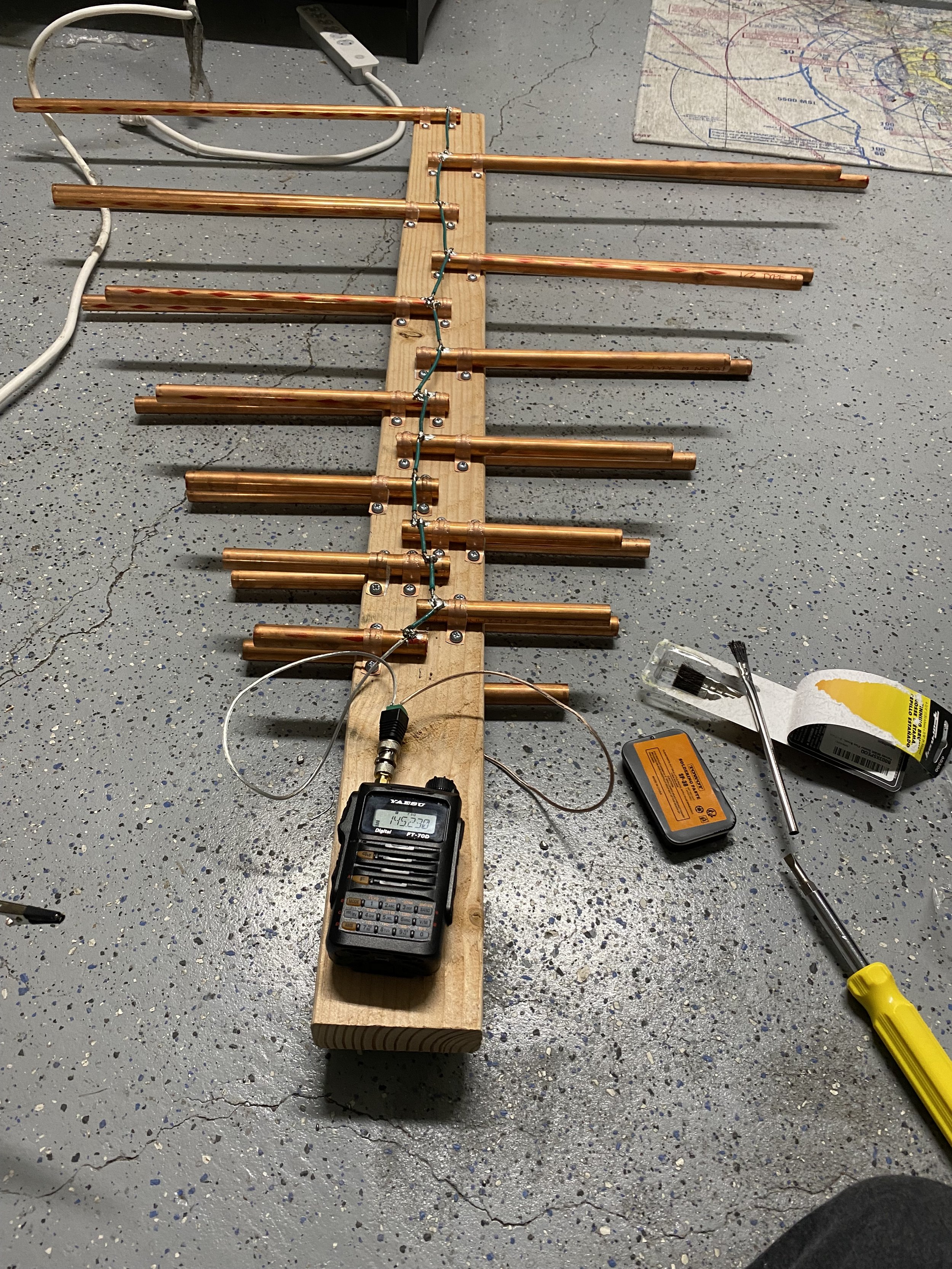
AI’s Future Is HPC’s Present (With Better Marketing)
Artificial Intelligence is often framed as a revolution, a radical departure from traditional computing paradigms. But in many ways, it's more of a reincarnation: a re-manifestation of the decades-long discipline of High-Performance Computing (HPC). As AI workloads, especially large-scale training and inference for foundation models, stretch hardware and software infrastructure to their limits, they increasingly resemble classic HPC workloads. The twist? They arrive at old problems from new directions, often without the rich latency-tolerant ecosystem HPC has painstakingly built.

Boomer C
In my experience working on a wide range of systems software—including device drivers, Linux, other operating systems, and high-performance computing (HPC) libraries—I've encountered a recurring pattern of C programming habits that feel like relics of an earlier era. These coding styles, often found in legacy codebases or written by seasoned engineers who have been using C since the 1980s, exhibit a mix of outdated conventions, compiler-era quirks, and practices that are either unnecessarily cryptic or outright hazardous. After seeing these patterns repeatedly, I started referring to it as Boomer C.
Introducing Vox Computatoria
SIMT vs SIMD: Parallelism in Modern Processors
An Irrational Rant on ISAs

Identifying and Reducing Background Noise with KERMIT
Measuring and identifying background RF noise with KERMIT

That Time They Let me Fly a Turbine Airplane
